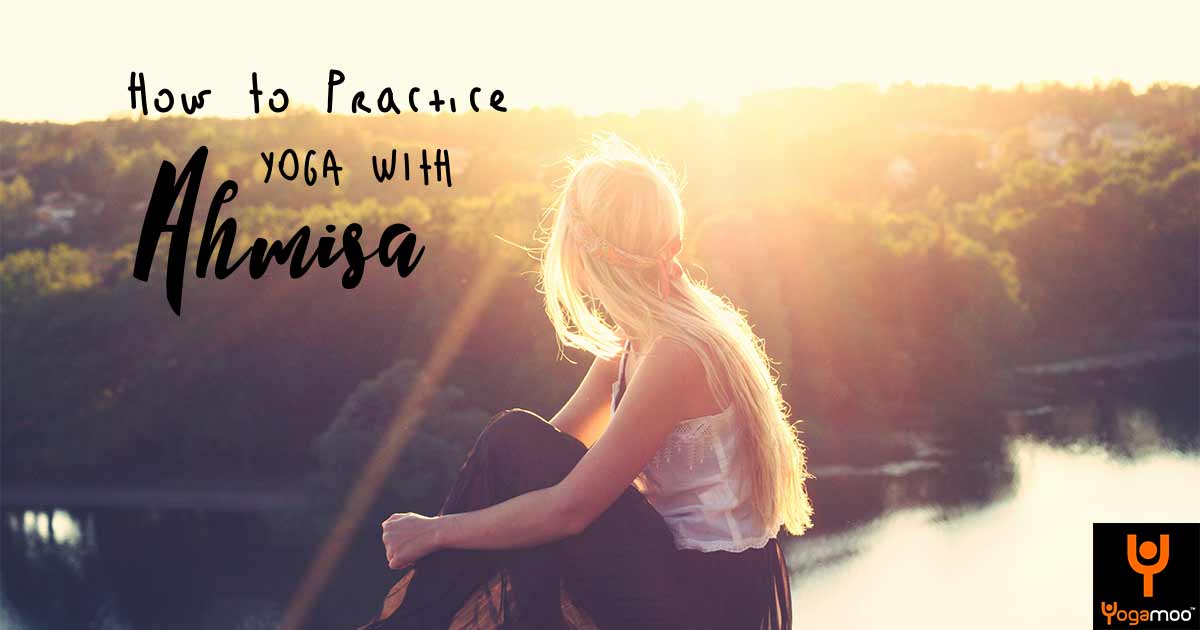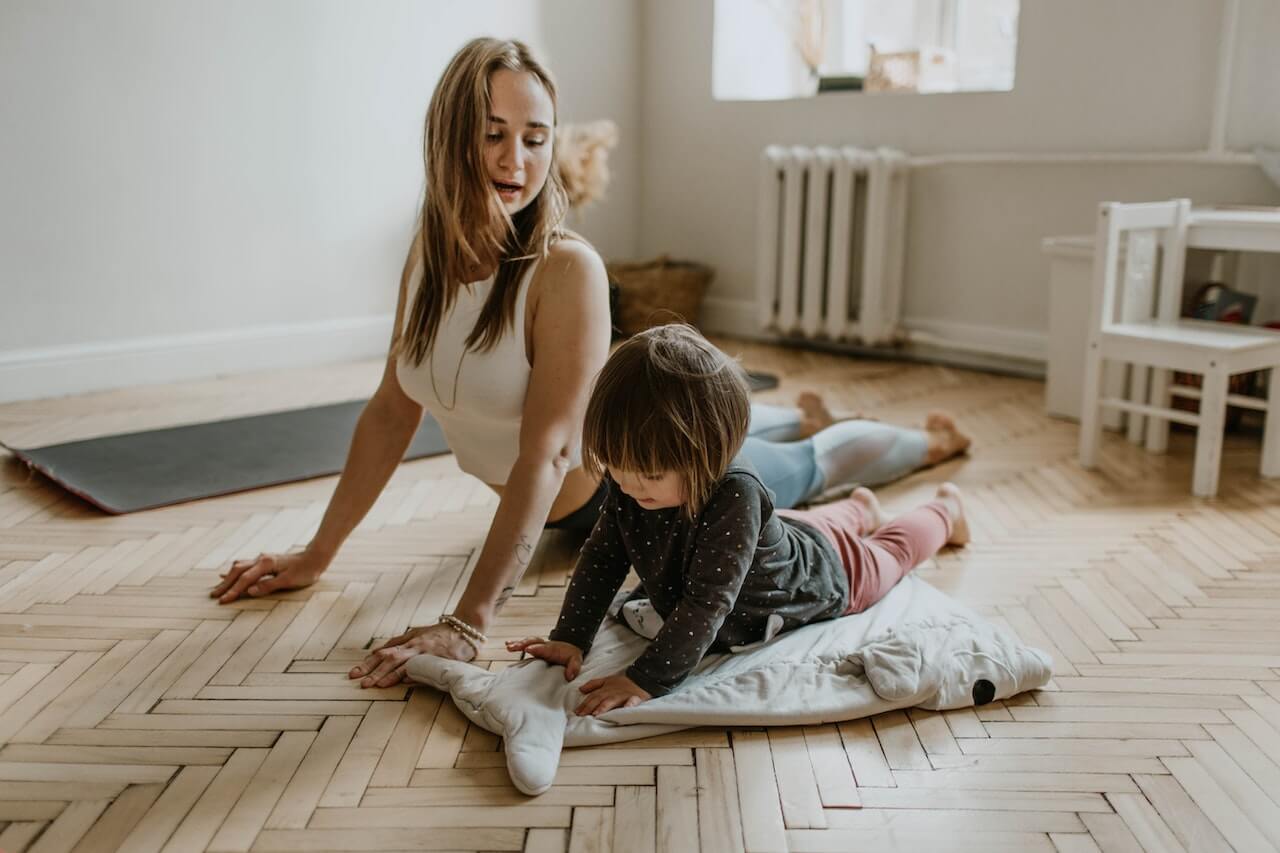Ashima: When I tell people that I teach yoga for a living, they often say something like ‘Oh, I would be no good at yoga, I’m so stiff! There’s no way I could bend myself into those positions’, or ‘Maybe when I was younger, but now I can’t even touch my toes!’ Such comments leave me feeling sad, as I truly believe that yoga is for everyone, for every-Body, whatever shape, size, age, or level of flexibility. I don’t want anyone to feel excluded from the experience of yoga, as it has such a wealth of gifts to offer.
Some people say ‘I tried yoga but it seemed to be all about pushing and forcing my body into strange shapes.’ And then there are those who practice with dedication for many years, but end up injuring themselves on the mat. Again, this makes me sad as I passionately believe that yoga should never be about forcing anything, or putting strain on ourselves physically or otherwise. One of Patanjali’s 8 limbs of yoga is Ahimsa, which is usually translated as non-violence, but is perhaps better understood as a form of radical deep compassion towards all life – starting, importantly, with ourselves.
What does this mean?
As Pema Chodren writes, even the desire to improve ourselves can be viewed as a kind of “subtle aggression against who we really are”. As if we’re telling ourselves we’ll be ‘acceptable’ or ‘good enough’ only once we have mastered any given task or skill; performing a ‘perfect’ yoga pose for example.
Can we let go of the desire to improve and ‘get further’ in each yoga pose we practice, and instead simply appreciate where we are? This is something that doesn’t come naturally to many of us, as we are so used to measuring ourselves by external ideas of success and achievement. Luckily we have a fresh chance to practice each time we roll out the mat, each time we enter a pose, each time we take a breath and notice not just where we are in an asana, but also our state of mind concerning where we are. Judgement and ambition? Or kindness and appreciation – Ahimsa.
For me the practice of yoga begins with compassion and humility. Compassion towards myself and my body. How am feeling as I step onto the mat? Tired? Frustrated? Calm? Excited? Yoga gives me the tools to find out where I am at, and then to meet myself there with compassion, acceptance and a friendly attitude of curiosity towards whatever might come up in the practice that day. Thus yoga becomes a practice of genuine self-care, a humble act of self-love, and one that sets a tone of compassion for the rest of my day.
It is well known that one of the meanings of the word ‘yoga’ is union. (Of body, mind and spirit). If this union is to be authentic and meaningful, then our practice needs to be an all-embracing, compassionate meeting of body, mind, emotions and spirit, where nothing is excluded. Over time, as the practice evolves and reveals its gifts to us, we don’t just unite the parts of ourselves that we like, pushing the other parts away. Instead we embrace the whole ‘warts and all’ experience of ourselves and the paradox is that in doing so, those same ‘warts’ are transformed into beauty spots.
As Vanda Scaravelli writes “You will be amazed to discover that, if you are kind to your body, it will respond in an incredible way.”
In our society we are so used to being busy doing things. We push ourselves, strive for results, compete against each other and constantly judge our position in the scheme of things. What if yoga practice could offer us a window of opportunity to experience a different way of being? What if we could leave the ambitious, striving, achieving parts of ourselves at the door when we come to class? What if nobody cared if you could touch your toes or not in a forward bend? What if this turned out to be completely irrelevant? And of course that is already the case. For the thousands of years that yoga has been around, it has always been irrelevant. In essence yoga is simply a state of focused awareness, a way of paying attention to the present moment through our physical, living, breathing, felt-sensory experience of that moment. This is Yoga. For every-Body. Once we surrender our ideas of needing to get somewhere and achieve something, we can instead start to practice “for the fun of it,” as Vanda Scaravelli writes. “To twist, stretch, and move around, is pleasant and enjoyable, a body holiday.” Enjoy!



Leave A Comment